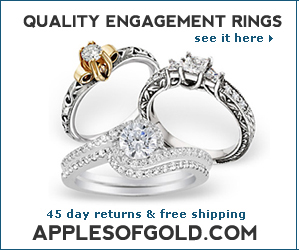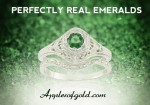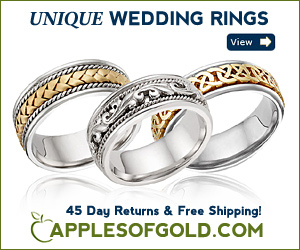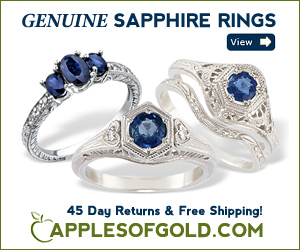Time to Say Yes: The History of Engagement Rings
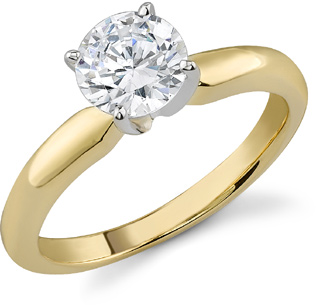 Every woman dreams her engagement proposal mirrors a fairy tale. There are hundreds of thousands of couples who get married every year and each has a unique engagement proposal story to tell. But in each scenario, there is one fixture that makes and seals the deal: the engagement ring.
Every woman dreams her engagement proposal mirrors a fairy tale. There are hundreds of thousands of couples who get married every year and each has a unique engagement proposal story to tell. But in each scenario, there is one fixture that makes and seals the deal: the engagement ring.
Chosen to represent the promise of eternal love, the engagement ring is a valuable tie that binds the couple together. But how did the tradition start? At what point in history did it become a practice? Which society started the trend?
In days past, a woman’s engagement to a man was called a betrothal- a practical arrangement that had more to do with wealth and social status than feelings and compatibility. When a man offered marriage, he was obliged to give a dowry to the woman’s family as payment for the years she was brought up; and compensation for the loss to the family. Dowries came in the form of money, goods, and estate. Literally and figuratively, he who has the gold brings home a wife.
But later on, the dowry was simplified into the form of a ring usually made of iron, leather, plants, grass, and many other materials and was regularly replaced when torn or broken. The use of stronger materials such as gold and precious metals came much later in history, in the mid-15th century.
The year was 1477 and Archduke Maximilian of Austria just proposed marriage to Mary of Burgundy- in style. And at this point in recorded history, the diamond engagement ring became a tradition. The problem was this stone was a true rarity in those times, so rare that only the nobility and the very wealthy could afford to own it.
But all that changed when four hundred years later, large quantities of diamond deposits were discovered in Africa. Supply now surpassed demand and diamond engagement rings became accessible even to the working class. A average groom-to-be had to save just three months worth of salary to afford the most inexpensive cut. But all this added to the mystery and glamor of engagement rings and at the end of the day, made it more desirable both to the giver and receiver alike.
In modern times, the significance of diamond rings as an engagement ring were said to have been influenced by a post war advertising campaign, DeBeers who coined the phrase: “A diamond is forever”. It spoke of the ring’s eternity symbol–the ideal promise that marriage should last forever. Fortunately, the phrase stuck and our present-day engagement memories have been sealed ever since.
Category: Jewelry History







